Table of Contents
Introduction to Amish Chicken Pot Pie
Amish chicken pot pie is a comforting tradition passed down through generations, known for its simplicity and use of fresh, seasonal ingredients. This hearty dish features tender chicken, vegetables, and a rich broth, all enclosed in a flaky crust. What sets it apart is the minimal use of traditional spices that enhance the natural flavors without overpowering them.
If you're an enthusiast or a home cook, understanding the nuances of this classic dish can help you recreate an authentic experience. Whether you're looking to make it at home or appreciate its culinary roots, this guide will help you dive into the world of Amish chicken pot pie with confidence.

Spice Basics for the Perfect Crust
While the filling of an Amish chicken pot pie is often the star of the show, the crust plays an equally important role. Traditional Amish recipes use only a few simple spices to enhance, not overpower, the natural flavors of the ingredients.
Key Spices for the Crust
- Salt: Enhances the overall flavor and brings out the richness of the butter.
- Black Pepper: Provides gentle heat and complexity to the crust.
- Dill: A classic herb used in many traditional recipes, especially in Pennsylvania Dutch cuisine.
- Thyme: Adds earthy, herbal notes that complement the chicken and vegetables.
- Rosemary: Offers a pine-like aroma that pairs well with savory dishes.
- Nutmeg: A pinch adds warmth and depth to the filling.
- Bay Leaf: Used in the broth for subtle flavor enhancement (removed before serving).
These spices are typically added in very small amounts to maintain the dish's simplicity. Traditional Amish cooking emphasizes the natural taste of ingredients, so spices are used sparingly to enhance rather than dominate the flavor profile.
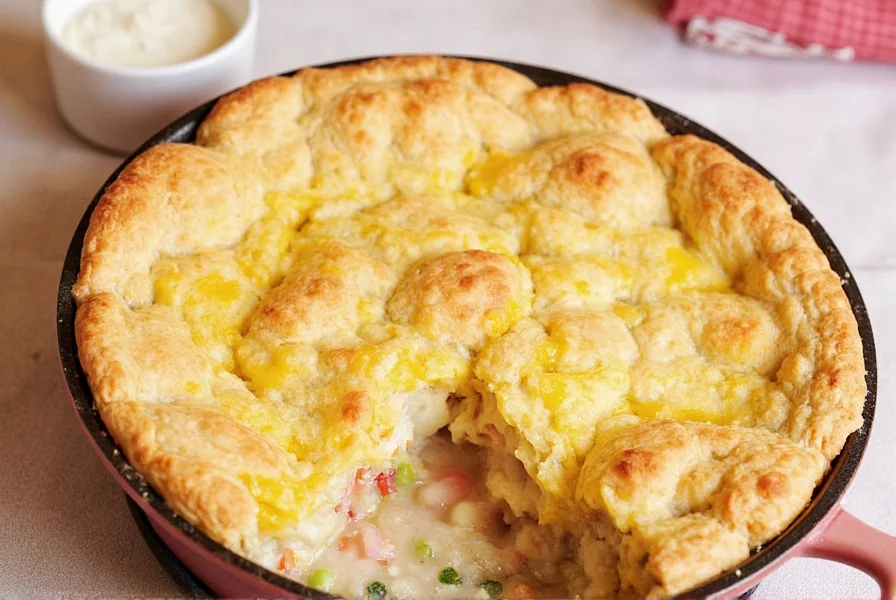
Practical Tips for Baking a Flaky, Flavorful Pie
Baking an Amish chicken pot pie requires a mix of technique and intuition. Here are some practical tips to ensure your pie turns out perfectly every time:
Tip 1: Use Cold Butter
The key to a flaky crust is using cold butter. When the butter is cold, it creates pockets of steam as it melts in the oven, resulting in a light and airy texture.
Tip 2: Don’t Overwork the Dough
Overmixing the dough can lead to a tough crust. Handle the dough gently and keep it cool to maintain its structure.
Tip 3: Add a Bit of Vinegar or Lemon Juice
Adding a splash of vinegar or lemon juice to the dough helps keep it tender and prevents it from becoming too dense.
Tip 4: Brush the Crust with Egg Wash
An egg wash not only gives the crust a golden color but also helps seal the edges and prevent moisture from seeping in during baking.
Tip 5: Let It Rest Before Baking
Allowing the crust to rest in the refrigerator for at least 30 minutes before baking ensures it holds its shape and doesn’t shrink during the cooking process.
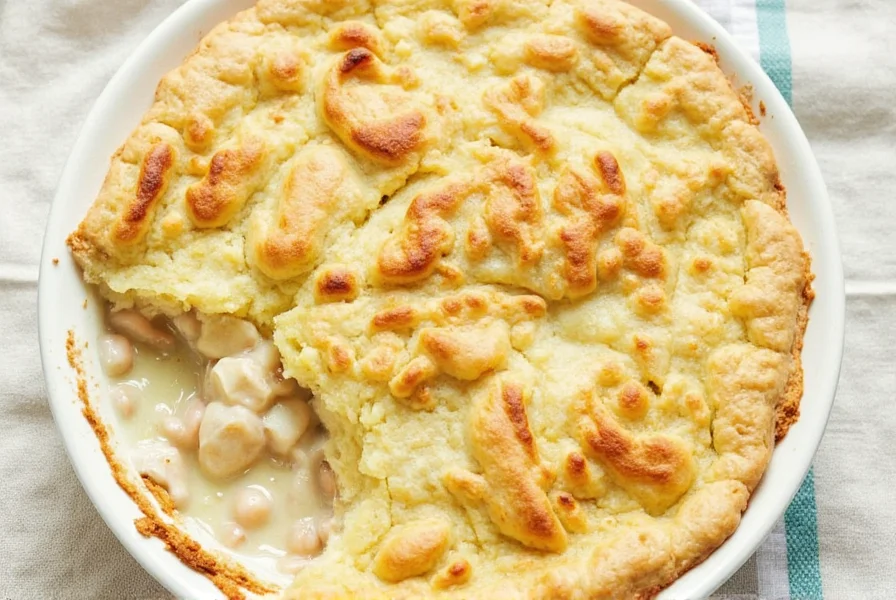
Buying Guide for Essential Ingredients
To make a truly authentic Amish chicken pot pie, it's important to choose high-quality ingredients. Here's a detailed buying guide for the essential components:
| Chicken Type | Best For | Price Range |
|---|---|---|
| Chicken Thighs | Moistness and flavor | $5–$8 per pound |
| Chicken Breasts | Tenderness | $6–$9 per pound |
| Ground Chicken | Quick meals | $4–$7 per pound |
2. Vegetables
Classic Amish chicken pot pie includes potatoes, carrots, peas, and onions. These vegetables should be fresh and firm for the best texture.
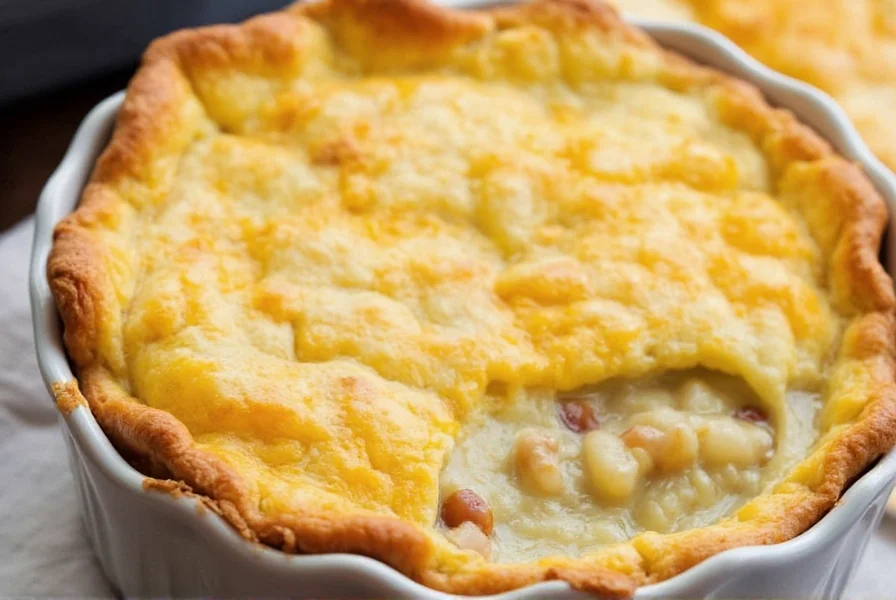
3. Broth or Stock
A good homemade or store-bought chicken broth is essential for the sauce. Look for low-sodium options if you prefer to control the salt content.
4. Flour and Butter
For the thickening agent and crust, choose unbleached all-purpose flour and unsalted butter. Organic or grass-fed butter can add extra richness.
5. Spices
Look for whole spices like dill seeds, black peppercorns, and bay leaves. Ground spices such as thyme, rosemary, and nutmeg should be fresh and aromatic.
6. Crust
If you're not making your own crust, look for a pre-made pie crust that's flaky and buttery. Brands like Pillsbury or refrigerated pie crusts are convenient and reliable.
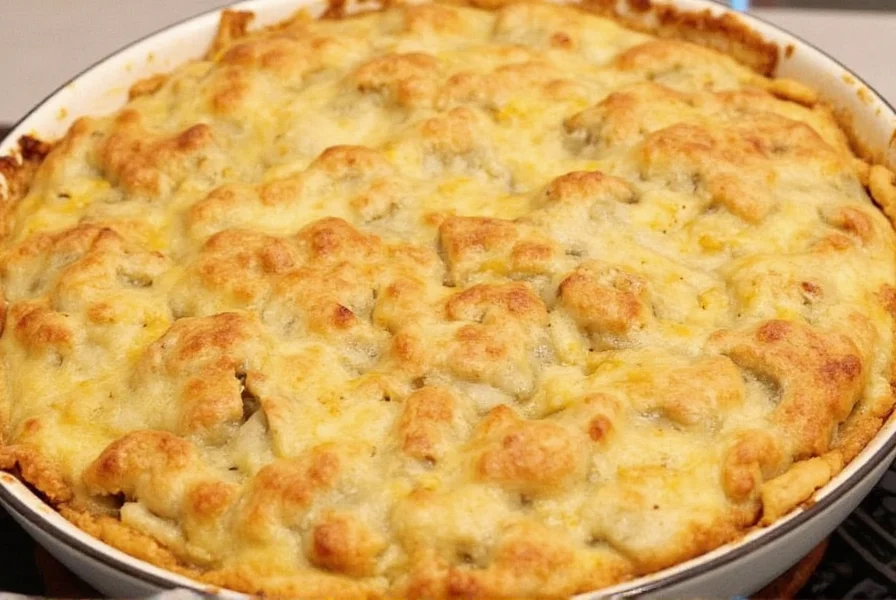
Frequently Asked Questions
What makes a chicken pot pie "Amish"?
Amish chicken pot pie is distinguished by its simplicity, use of fresh, locally-sourced ingredients, and traditional preparation methods passed down through generations. Authentic Amish pot pie uses minimal spices that enhance rather than overpower the natural flavors, with a focus on quality butter and simple seasonings like salt, pepper, and occasionally dill or thyme.
Can I make Amish chicken pot pie ahead of time?
Yes, Amish chicken pot pie can be prepared ahead of time. You can assemble the pie up to 24 hours in advance and keep it covered in the refrigerator before baking. For the best results, add the egg wash just before baking. You can also freeze the unbaked pie for up to 3 months - just add 15-20 minutes to the baking time if baking from frozen.
How do I store and reheat leftovers?
Store leftovers in an airtight container in the refrigerator for up to 4 days. To reheat, cover with foil and warm in a 325°F (165°C) oven for 20-25 minutes until heated through. For individual portions, microwaving works but may make the crust less crispy - covering with a damp paper towel can help maintain moisture balance.
What's the difference between Amish chicken pot pie and regular chicken pot pie?
Traditional Amish chicken pot pie typically features a bottom crust only (sometimes called a "slippery pie"), though modern interpretations often include a top crust. Amish versions emphasize simplicity with minimal spices, focusing on the natural flavors of quality ingredients. The filling tends to be more broth-like than the thicker, cream-based fillings common in many contemporary recipes.
Can I adapt this recipe for gluten-free?
Traditional Amish chicken pot pie uses wheat flour, but you can adapt it for gluten-free by substituting all-purpose flour with a 1:1 gluten-free baking blend in both the filling and crust. When making the crust, you may need to add an extra tablespoon of cold water as gluten-free doughs can be more fragile. Ensure your broth and other ingredients are certified gluten-free as well.
How long does it take to make Amish chicken pot pie from scratch?
Preparation takes about 45 minutes, plus 30 minutes of chilling time for the crust. Baking requires 45-55 minutes. If you're making everything from scratch including cooking the chicken and vegetables, plan for 2-2.5 hours total. Using pre-cooked chicken and pre-chopped vegetables can reduce this to about 1.5 hours.
What sides go well with Amish chicken pot pie?
Traditional Amish meals often pair pot pie with simple sides like fresh green beans, buttered corn, or a crisp salad. For a more complete meal, add a slice of crusty bread and a dollop of chutney or apple butter on the side. Amish cuisine emphasizes seasonal produce, so consider what's fresh in your area.
Why is my crust soggy and how can I prevent it?
A soggy crust usually happens when the filling is too wet or the bottom crust isn't properly protected. To prevent this: 1) Thicken your filling adequately with flour or cornstarch, 2) Let cooked filling cool slightly before adding to crust, 3) Brush the bottom crust with a thin layer of beaten egg white before adding filling, 4) Bake the pie on a preheated baking sheet to ensure the bottom gets enough heat.
Conclusion: Embrace the Traditional Craft
Amish chicken pot pie is a celebration of simplicity, tradition, and flavor. Whether you're an amateur cook or a seasoned chef, understanding the basics of this dish—especially the minimal use of traditional spices—can transform your cooking experience. From the flaky crust to the rich, savory filling, every element plays a part in creating a dish that warms the heart and satisfies the palate.
As you experiment with different ingredient choices and preparation methods, remember that the essence of Amish chicken pot pie lies in its ability to bring people together through simple, wholesome cooking. So, gather your ingredients, embrace the tradition, and take pride in creating a dish that honors a beloved culinary heritage.
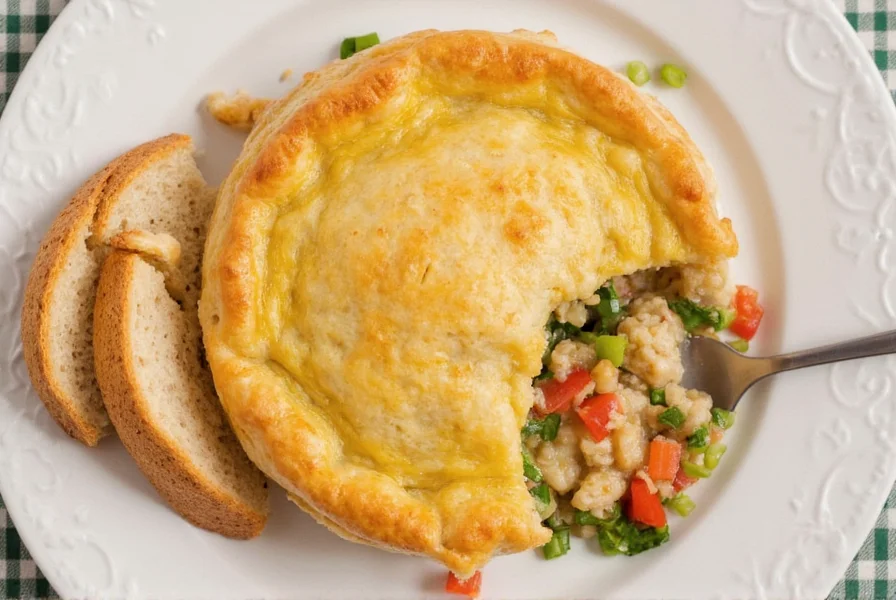
In summary, the Amish chicken pot pie is a flavorful and comforting dish that showcases the power of simple ingredients and thoughtful spice usage. Its enduring popularity is a testament to the joy of cooking and the value of preserving traditional recipes.

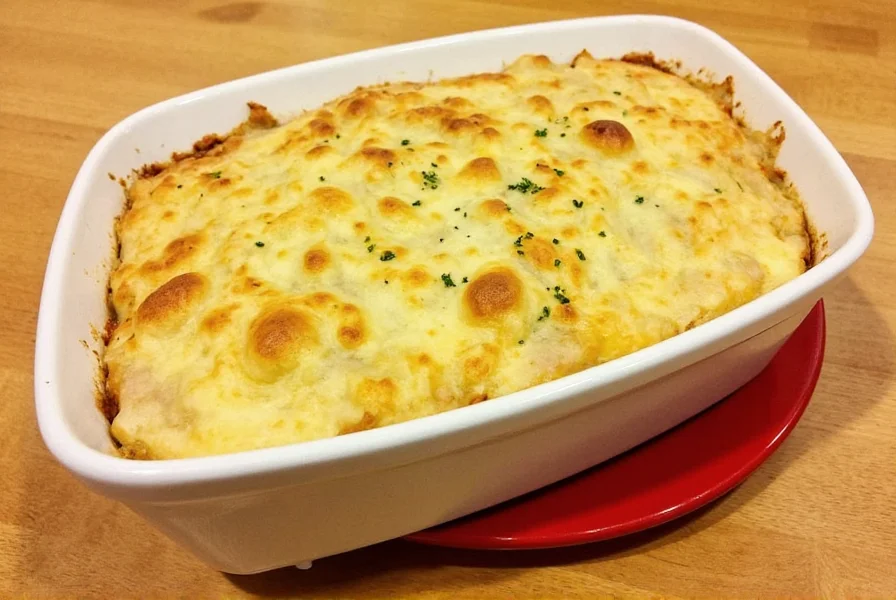









 浙公网安备
33010002000092号
浙公网安备
33010002000092号 浙B2-20120091-4
浙B2-20120091-4